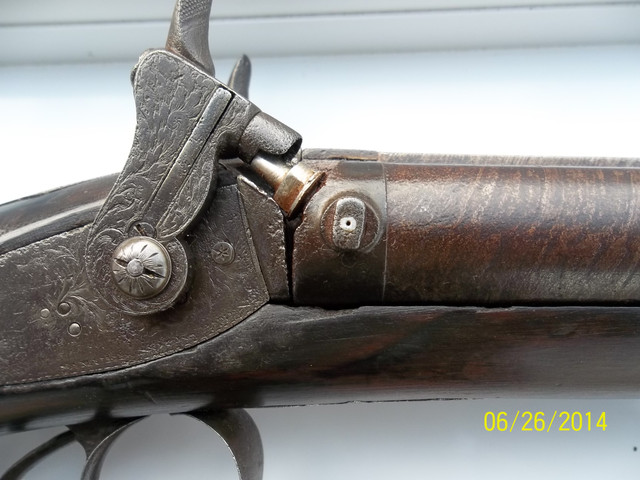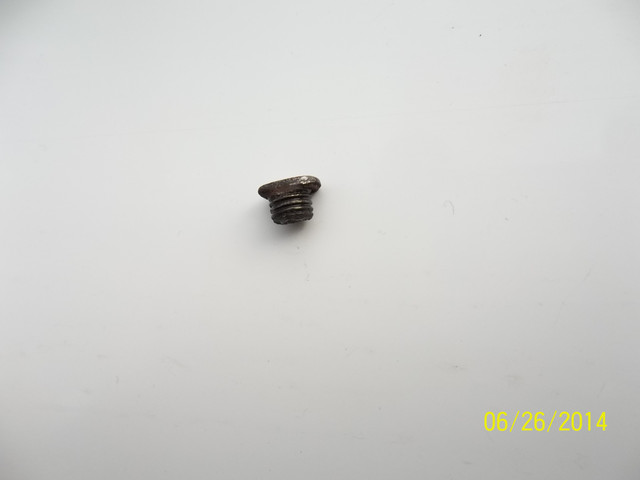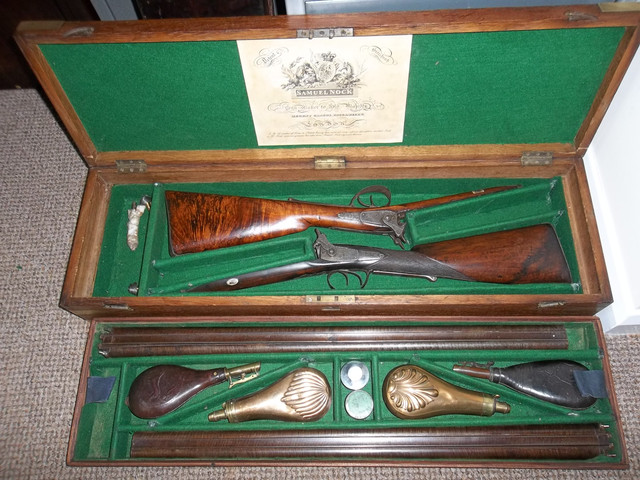I suppose that there could be multiple reasons for having the platinum vents on the early percussion guns since many have been speculated about as being valid possibilities.
There could be a primary reason and less important secondary reasons.
A search for photos of Purdey percussion guns shows many examples of guns built having them, and even some flintlock conversions can be found to have them.
Many of them appear to have a damascus barrel.
I don't know if there are any historical records left by Purdey or other original gun makers that list their reasons for installing them.
But at some point they stopped being routinely installed even on the Purdey guns.
Since the British guns were proofed, they must have been subject to some heavy loads during proof testing.
The reference that I mentioned above could have some expert historical knowledge or documentation but simply choose to not divulge any additional reasons for the vent being present.
I think that it's notable that for whatever reasons, current makers don't usually ever include such vent liners in their percussion builds even though they seem to have been more common during earlier times.
Perhaps advances in percussion caps, nipple design and metallurgy have rendered the the vent liners to become obsolete.
At least one person posted about how dangerous the hot gases are that exit from the vent which he witnessed to cause very serious injury to flesh.
And concern about moisture coming into contact with powder was mentioned as another reason for not installing one.











